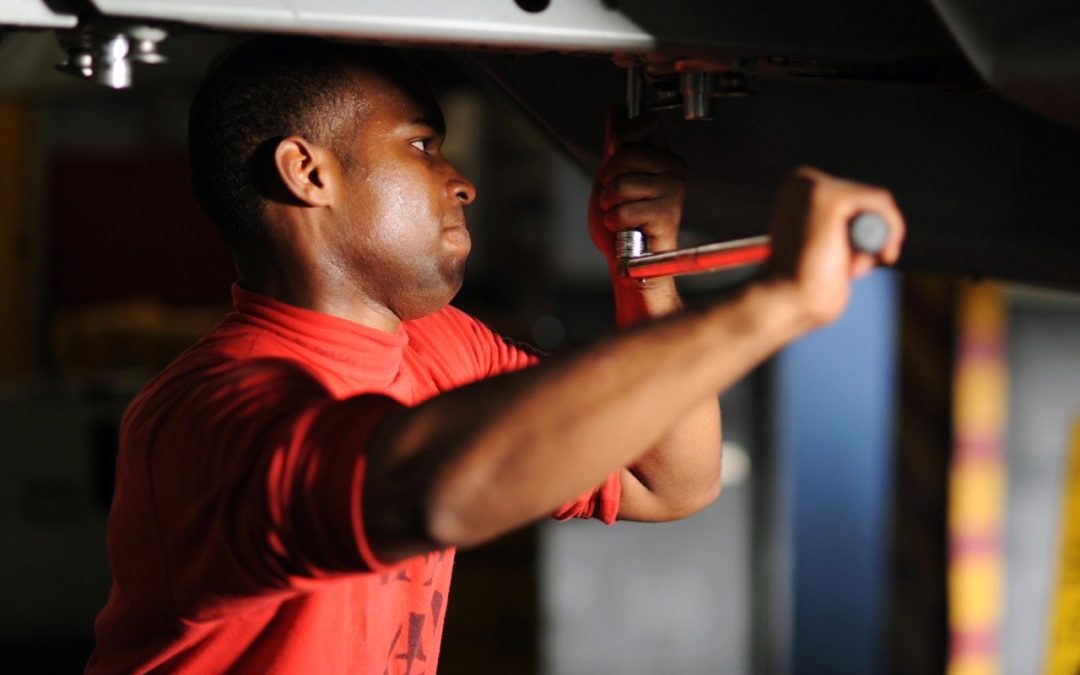Fitting the Job to the Person
Simply put, ergonomics is about tailoring the work to the worker, and not the other way around. That means that no matter a person’s size or gender, and no matter their strength, abilities/disabilities or skills, a job can be adapted to fit to the person performing the function. The goal is to allow the employee to work comfortably and with a much lower risk of repetitive injury on the job.
Common repetitive injuries to the body, or musculoskeletal disorders (MSDs), we see when companies don’t consider a worker’s safety and needs include the following:
- Tendons
- Ligaments
- Muscles
- Spine
- Joints
- Nerves
- Blood vessels
- Bones
80% of the working population will experience back pain in their lifetime.
Although some injuries happen with a single incident, repetitive injuries are cumulative, occurring over a period of time. The slow development of these injuries makes them no less traumatic. In fact, repetitive injuries may require surgery to correct or lead to lifelong pain and even other related chronic health conditions.
Repetitive Injuries Cost a Company More Than You Think
Repetitive injuries at industrial sites and offices can range from mild to extreme. Some may heal on their own, some may require surgery, and some may become chronic health conditions. For example, carpal tunnel syndrome can result in $18,000 or more for a lost-time injury and a rotator cuff strain as much as $35,000. Yet, it may only cost a mere few hundred dollars in prevention up front. And those are just the direct costs.
That’s why it’s best to invest in your workers’ health and safety now, rather than pay out in workers’ compensation claims, an ergonomics lawsuit, sick time, overtime to make up for the lost employee’s workload, missed deadlines, equipment and tool damage, and re-hiring and retraining later on. Add in those indirect costs and injuries can cause upwards of $240,000 in company funds.
Repetition results in wear and tear on the body. That’s why it’s important for an ergonomics specialist to step in as a team player for both the employer and the employee. A professional evaluation will assess these job risks and provide an actionable solution that both ensures employee safety and preserves the company’s bottom line in the long run.
Here are some common repetitive injuries that can most often be prevented with a professional ergonomic assessment and an actionable plan.
- Carpal tunnel syndrome
- Rotator cuff injures
- Tendonitis
- Tenosynovitis
- Tennis elbow
- deQuervain’s syndrome (Blackberry thumb)
- And more
Reduce the Risk of Repetitive Injury
The major risk factors when it comes to repetitive injuries are force, posture, and repetition. At least one of these three factors is present in any given job—whether it’s sitting at a desk punching numbers all day or loading furniture on and off of a moving truck in the heat of summer. And when you have more than one of these factors present in a job scenario, the risk skyrockets.
By thinking “worker first” instead of “job first,” an ergonomics professional scores a win-win for both employer and employee, as well as the American health system. You can always redesign the workplace, equipment, and tools. But you can’t redesign the person.
Call McClure Ergonomics today for your first consultation!

